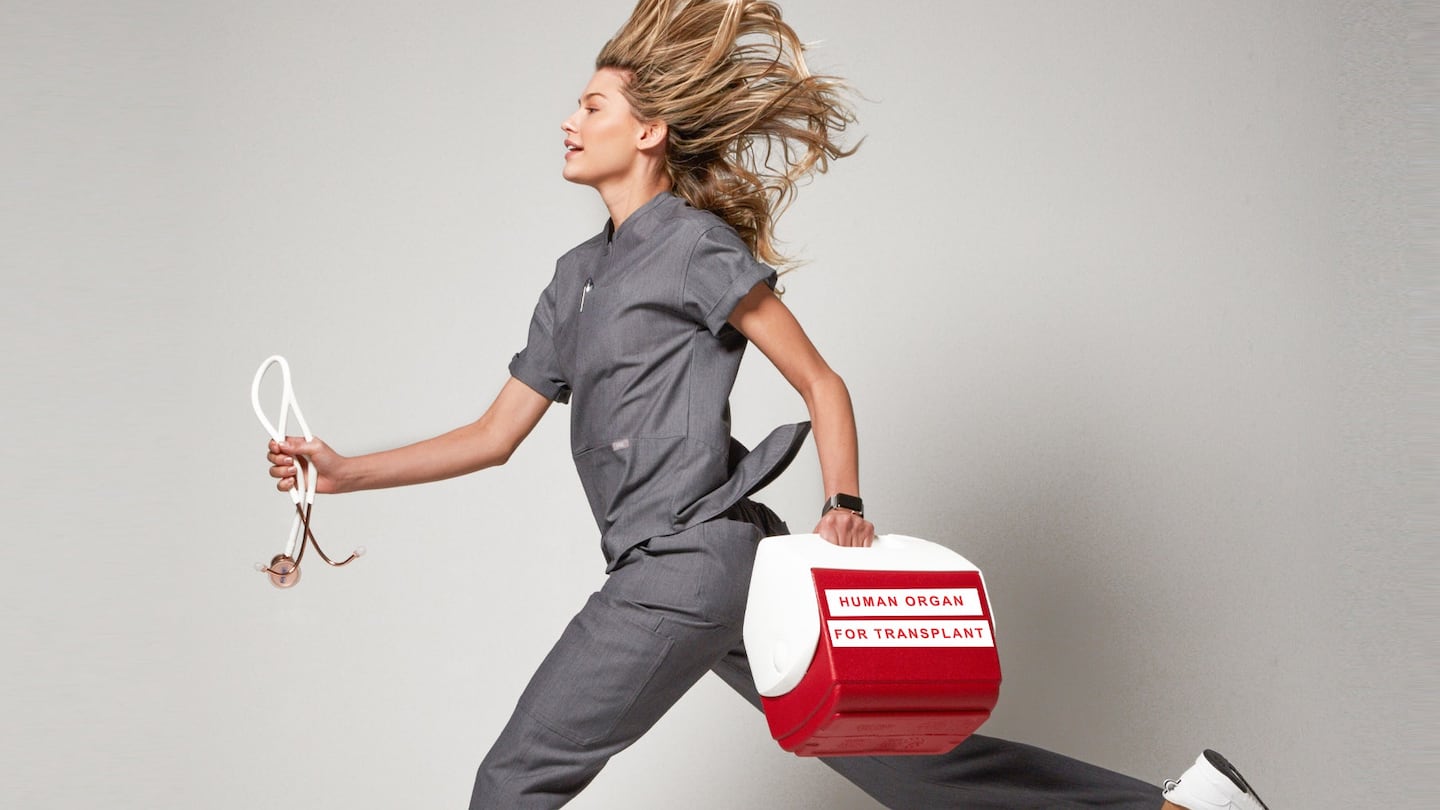
The Business of Fashion
Agenda-setting intelligence, analysis and advice for the global fashion community.

Agenda-setting intelligence, analysis and advice for the global fashion community.

The workwear company, which makes clothing for medical professionals, was founded eight years ago and grew its net revenues from $17.6 million in 2017 to $263.1 million in 2020. It has 1.5 million active customers and boasts a high retention rate too: Figs said about 50 percent of customers it acquired between 2017 and 2019 returned to buy more apparel.
Figs make clothing like scrubs with jogger bottoms and fitted lab coats. It’s one of several companies reinventing the lucrative workwear category by putting a stylish spin on utilitarian and typically generic apparel like scrubs.
“We have revolutionised the large and fragmented healthcare apparel market. We branded a previously unbranded industry,” Figs wrote in its IPO filing.
There are over 20 million healthcare professionals in the US, according to the Bureau of Labor Statistics and as Figs noted in its filing, “while multi-billion-dollar companies were focused on athletes, we believed that nobody was sufficiently focused on healthcare professionals.” The company plans to sell $100 million worth of stock.
The company has continued to struggle with growing “at scale” and issued a warning in February that revenue may not start increasing again until the fourth quarter.
The British musician will collaborate with the Swiss brand on a collection of training apparel, and will serve as the face of their first collection to be released in August.
Designer brands including Gucci and Anya Hindmarch have been left millions of pounds out of pocket and some customers will not get refunds after the online fashion site collapsed owing more than £210m last month.
Antitrust enforcers said Tapestry’s acquisition of Capri would raise prices on handbags and accessories in the affordable luxury sector, harming consumers.